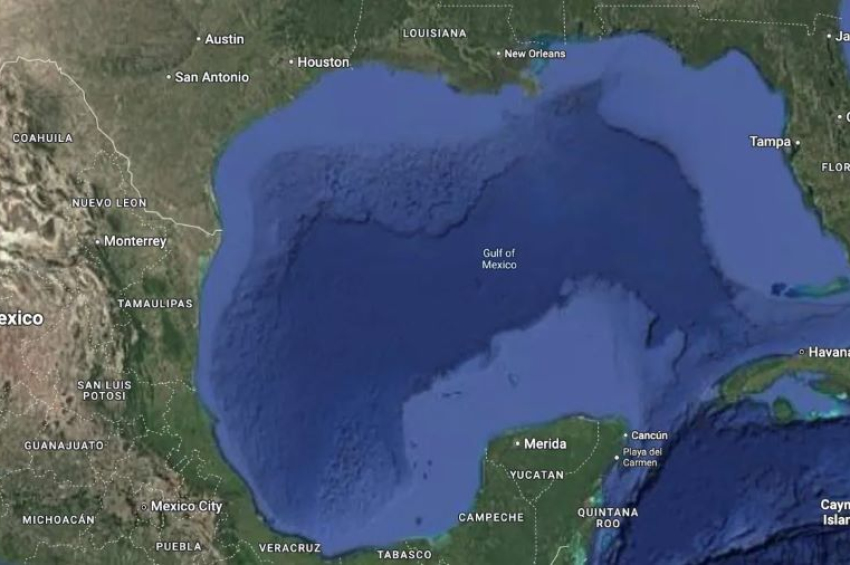Scientists reveal the ancestry of 90% of meteorites hitting Earth
Almost all meteorites – cosmic rocks that survive the travel through Earth’s atmosphere and hit the ground – some from three places.
In a groundbreaking study published in the journals Astronomy and Astrophysics, and two papers reviewed for the journal Nature (here and here), researchers have identified that 70% of meteorites falling to Earth can be traced back to just three asteroid families: Karin, Koronis, and Massalia.
These families, originating from significant asteroid collisions in the main asteroid belt 5.8, 7.5, and around 40 million years ago, produce a vast majority of Earth-bound meteorites. This discovery marks a leap in tracing cosmic ancestry, clarifying the sources of over 90% of meteorites. Of these, the Massalia family alone is responsible for 37% of meteorite samples.
More to read:
Asteroid 33 Polyhymnia likely contains elements outside periodic table
The study employed a combination of telescopic surveys and advanced computer simulations to analyze the collisional and evolutionary patterns of asteroid families, highlighting why these young families produce so many meteorites.
Unlike older families, which have exhausted their fragments, these younger families are rich in debris from recent collisions, increasing their likelihood of reaching Earth. The findings reveal a clearer picture of meteorite origins, with only 6% of meteorites known to come from the Moon, Mars, or Vesta, and a staggering 94% from ordinary chondrites whose origins were largely unknown until now.
Future research aims to uncover the origins of the remaining 10% of meteorites by examining other young asteroid families, advancing our understanding of both Earth's history and – importantly – potential space hazards.
More to read:
UAE to send spacecraft to Asteroid Belt in search for water
This work has broad implications, given that similar techniques could help identify the origins of larger, potentially hazardous asteroids studied in various space missions, like the Ryugu and Bennu missions by JAXA and NASA, which are believed to come from the Polana family.
The teams behind these studies includes researchers from the U.S., the U.K., France, Israel, and Czechia.
Meteorites typically range between the size of a pebble and a fist. Most space rocks smaller than a football field break apart in Earth's atmosphere and become meteors before burning up.
***
NewsCafe relies in its reporting on research papers that need to be cracked down to average understanding. Some even need to be paid for. Help us pay for science reports to get more interesting stories. Use PayPal: office[at]rudeana.com or paypal.me/newscafeeu.







